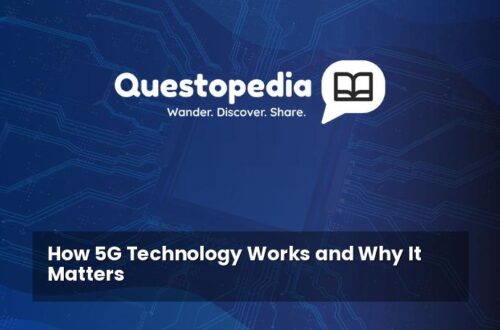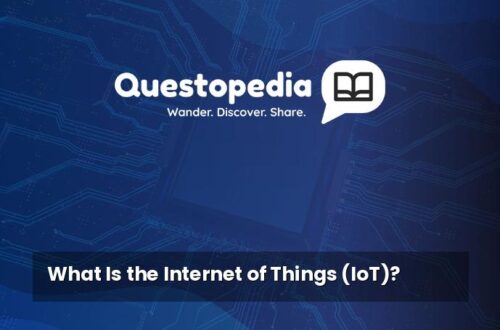What is Blockchain Technology? Explained Simply
Ever heard the buzzword “blockchain” and wondered what it actually means? You’re not alone! It sounds complex, but the core concept is surprisingly straightforward. In this guide, we’ll break down blockchain technology into simple terms, avoiding technical jargon and focusing on what you need to know.
Introduction: Imagine a Digital Ledger
Think of a blockchain as a digital ledger, like a notebook used for keeping track of transactions. But instead of being held by one person or organization, this ledger is shared and distributed across many computers. This is what makes it decentralized.
What are the Key Components of a Blockchain?
To understand blockchain technology, it helps to know its main components:
- Blocks: These are like individual pages in the ledger. Each block contains a record of recent transactions, along with a timestamp and a cryptographic “fingerprint” called a hash.
- Chain: These blocks are linked together in a chronological order, forming a chain. Each block contains the hash of the previous block, creating a secure and tamper-proof connection. If someone tries to alter a block, the hash changes, and the subsequent blocks no longer match, making the alteration obvious.
- Nodes: These are the computers that maintain and verify the blockchain. They each hold a copy of the entire ledger.
- Mining (for some blockchains): Some blockchains, like Bitcoin, use a process called “mining” to verify new transactions and add new blocks to the chain. Miners compete to solve complex mathematical problems, and the winner gets to add the next block and is rewarded with cryptocurrency.
How Does Blockchain Technology Work?
Here’s a simplified step-by-step breakdown of how a transaction is added to a blockchain:
- A Transaction is Requested: Someone initiates a transaction, like sending cryptocurrency to another person.
- The Transaction is Broadcast: The transaction is broadcast to the network of nodes.
- The Transaction is Verified: Nodes verify the transaction by checking the sender’s credentials and ensuring they have enough funds.
- The Transaction is Grouped into a Block: Verified transactions are grouped together into a new block.
- The Block is Added to the Chain: The block is added to the existing blockchain. This requires consensus among the nodes on the network, ensuring everyone agrees on the validity of the block.
- The Transaction is Complete: Once the block is added to the chain, the transaction is complete and permanently recorded.
Why is Blockchain Technology Important?
Blockchain technology offers several advantages, making it a powerful tool for various industries:
- Transparency: All transactions are recorded publicly on the blockchain, making them visible to anyone on the network.
- Security: The decentralized and cryptographic nature of blockchain makes it very difficult to tamper with or hack.
- Decentralization: No single entity controls the blockchain, making it more resistant to censorship and single points of failure.
- Efficiency: Blockchain can streamline processes by removing intermediaries and automating tasks.
- Immutability: Once a transaction is recorded on the blockchain, it cannot be altered or deleted.
What are the Applications of Blockchain Technology?
While often associated with cryptocurrencies like Bitcoin, blockchain technology has many other potential applications:
- Supply Chain Management: Tracking goods and products from origin to consumer.
- Healthcare: Securely storing and sharing medical records.
- Voting Systems: Creating more secure and transparent voting processes.
- Real Estate: Streamlining property transactions and recording ownership.
- Digital Identity: Managing and verifying digital identities.
Addressing Common Misconceptions
It’s important to clear up a few common misconceptions about blockchain technology:
- Blockchain is not just for Bitcoin: While Bitcoin was the first major application of blockchain, it’s only one of many possibilities.
- Blockchain is not inherently anonymous: Some blockchains are pseudonymous, meaning transactions are linked to addresses rather than real-world identities. However, these addresses can sometimes be traced back to individuals.
- Blockchain is not a get-rich-quick scheme: Like any technology, blockchain has potential, but it’s not a magic bullet for wealth creation.
Conclusion
Blockchain technology is a revolutionary innovation with the potential to transform various industries. While the underlying technology can be complex, the core concept of a shared, secure, and transparent ledger is relatively simple to understand. By understanding the basics of blockchain, you can appreciate its potential and how it might impact the future.






